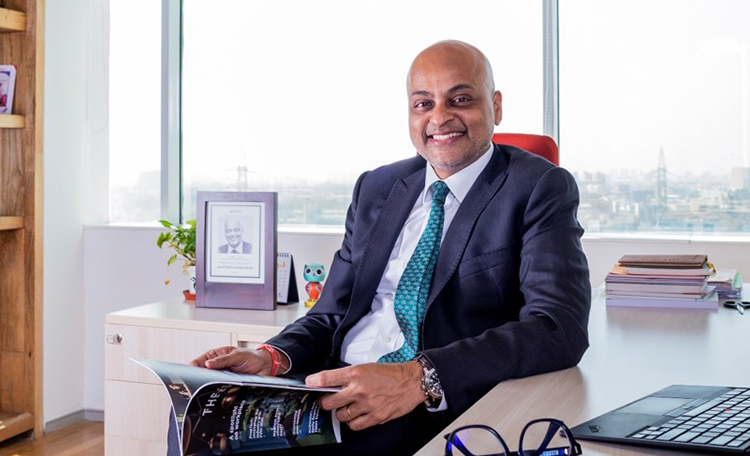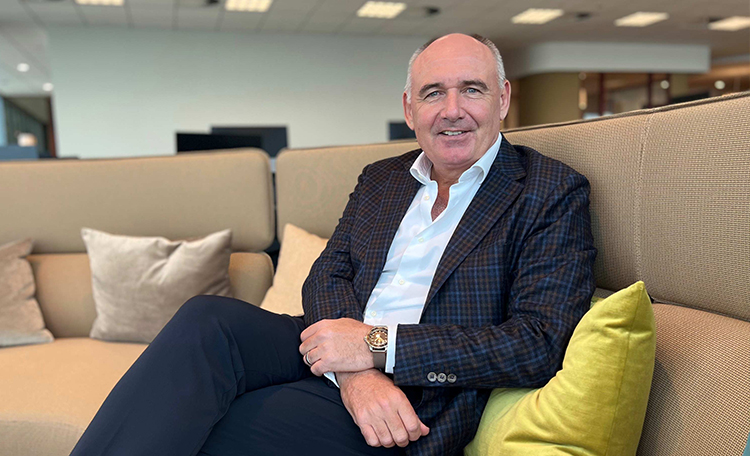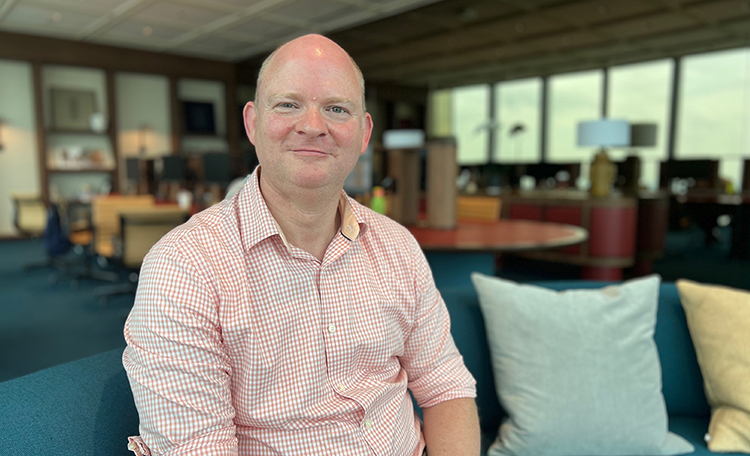Q. Ramita, we know that the demand for flex in India is huge. Can you give us an idea of just how strong it is?
In just five or six years, flex has become the second largest occupier of space in India. There are over 600 flex operators in the country and 10 to 12 of them are very active and hold a significant amount of real estate.
From an absorption point-of-view, this year flex operators will account for almost 15 percent of the country’s total absorption, which makes them almost the second biggest players in the country as far as absorption numbers are concerned.
If you look at the largest non-flex occupiers in the country, we have four or five with a footprint crossing 10 million square feet. By the end of 2023, we will have three flex operators who will hold close to about 6 to 8 million square feet across the country. So the scale at which these operators are growing is bringing them in line with some of the largest occupiers that we have in the country.
Q. And where is the demand for flex coming from?
One of the largest sources for flex demand is new companies entering the country. They come with smaller requirements of about 50 to 100 seats but, as new entrants, they don't have clear forecasts around growth, footprint, or headcount. The flex players are offering a considerable amount of flexibility in terms of both upscaling and downscaling in quick turnaround times.
The second segment of demand that we are seeing comes from established firms of about 500 to 700 people. They want to outsource their non-core activities to a single point of contact. They are also looking at flex operators as capital providers. This is something we also witnessed during the GFC [global financial crisis] when landlords stood in as capital providers.
The third piece comes from some of the larger fortune 500 companies who are committing a certain percentage of their total footprint as flex. Their primary reason is again, the upscale/downscale flexibility within a quick turnaround time. Typically, these organisations take anywhere between 9 and 12 months to just do the interior fit-out, whereas flex companies are looking at roughly four to six months.
Finally, there is the emergence of Tier 2 and Tier 3 cities. This started during the pandemic when a lot of people moved back to their hometowns. Companies began using flex to figure out how to facilitate the office environment while, at the same time, allowing people to be closer to their families. So flex operators are entering these Tier 2 and 3 markets and essentially taking care of a lot of the real estate pain points for occupiers.

Ramita Arora is Managing Director, Bengaluru, and Head Flex, India at Cushman & Wakefield.
Q. How does the India model of flex differ from other markets across Asia Pacific?
Everybody thinks when you talk about flex that it is a business center or a coworking space, and that’s not what they want for their employees. But flex in India is based largely on an enterprise model.
The flex operators will ask for three components – they will ask for the head lease, for the fit-out component and for the operations. Contracting for all three components is their preference, but flex is offering an a la carte menu under each component where you can pick and choose what you want the operator to do, and it will be priced accordingly. You can bring in your own data lines, you can opt for monitoring the CCTV in-house rather than outsourcing it to the operator; various permutations are available. We've even had clients – occupiers – who have said that they will bring in their own furniture. So, there is flexibility on the structures.
“Flex, as the name suggests, offers flexibility – in terms of structure, scale and operations. You can pick and choose the components of the offering and you get priced according to what you choose.”
Q. What are some of the key reasons occupiers are choosing flex workspaces?
Firstly, it's a one-stop shop – a single cheque payment. So, for organisations who do not want to create an administrative facilities function, it works very well for them. There is also the flexibility that this solution provides in terms of upscaling and downscaling.
Flex operators are also providing a lot of data analytics around utilisation to allow occupiers to expand or contract within their portfolio. This is an important driver for at least the mid-size companies because they don't have this kind of sophisticated measurement within their own systems.
From a larger organisation’s point of view, the biggest driver is the delivery timelines. These days, flex is allowing real estate to be an almost on-demand solution rather than one that people must plan far in advance; flex is crunching timelines significantly to address demand quickly.
Q. What are the drawbacks of flex?
Currently, there are so many operators in the market that we really need to be confident in their financial stability and ensure that these are long term players. There is a lot of due diligence that is being done before an occupier ties up with an operator.
Another area to navigate is shifting control of various functions to the flex operator. Some companies are okay with passing control so that it rests primarily with the operator. For others, there is a grey area where they may have existing contracts for management of security or facilities.
There are also challenges around consistency of branding. In a co-working or a standard offering, occupiers don't get to create their own culture, their own branding, their own identity. That is resolved to some extent in the enterprise model where occupiers have a completely dedicated office which can be customized.
And of course, there are margins associated with flex, so it is not without with its additional charges.
Q. How are occupiers justifying the extra margins?
you consider the cost of a flex operator fitting out 2 million square feet versus an occupier fitting out 400,000 square feet, then there are economies of scale that get transferred to the occupier.
The big operators have now perfected their model. They have their own procurement teams and standing contracts. They have supply chains set up direct from the manufacturing centers and so without the middleman they are getting good numbers, which brings cost pressures down.
There are also savings that come through shared services like the cafeteria, creche services or medical services. If there are multiple occupiers in the same building with the same operator, then these services also get shared. They also reduce occupiers’ area requirement because they form part of the larger ecosystem, and the occupier focuses only on their interiors.
So yes, the margins are higher, but not as much as you would expect. The benefits are also getting passed on to the occupier.
Q. Do you see this demand for enterprise-style flex expanding outside of India?
It's in a very exploratory stage. The operators need to understand the business environment to enter new markets and that is something I think was put on pause because of the pandemic.
But there are a lot of Asia Pacific real estate heads who are either based out of India, or who are of Indian origin, and who have now started looking at how the model can be replicated in other markets. Some of the large Indian multinationals who have partnered with flex operators in Tier 3 cities have also started exploring markets outside of India together.
One of the big constraints is around lease terms, because flex operators generally prefer lease terms between seven and 10 years, which are not common in other parts of Asia Pacific. Some operators are considering whether it makes sense to buy real estate, or whether the three- or five-year lease patterns common outside of India can be extended.
Had the pandemic not happened, probably we would have had some success stories outside of India to talk about, but that has been pushed back by a few years. But I do think it will expand through the people who have experienced it in the India market.
Ramita Arora is Managing Director, Bengaluru and Head Flex, India at Cushman & Wakefield.







